The present monograph seeks to record the place and development of elephant symbol in the mythology and the art of India over a period of 5000 years. It is amazing as to how strikingly a unity in diversity in most Indian religions is displayed through this symbol. Elephant form has been used as a common denominator in the folk as well as the religious cults but having different impacts. The wide spectrum of Indian culture contains various colours of different intensity. Different kinds of people, races, languages, religions and traditions made Indian culture vital and colourful. The elephant rotates with every colour of the spectrum. How the animal impressed the people through the ages is sought to be explained by the author along with all the myths and stories associated with it. As a divine member elephant was supposed to have come into existence out of the sea on the occasion of churning of the ocean (Samudramanthana) as Airavata the milk white elephant. On the folk level a cult developed around it. Jataka stories refer to elephant pillars and statues and tradition of performing Hastisutra and Hastimangala-elephant 1estival. Besides as a folk divinity it also penetrated in Buddhist and Jain mythologies. It is the inner vitality of Indian culture which has been the result of intimate connection between nature and human inspiration. That is why, Indian religion, art and literature are rooted in the natural environment. Ganesa the elephant god is the best example of the oneness of nature and human factor as reflected in the realm of art and literature. Ganesa is only one of the aspects of the multidimensional personality of the elephant which embodies the various hues and colours of the Indian cultural tradition. Thus, Dr. Gupta herein offers a detailed statement regarding the historical development of elephant symbol in Indian myths and art. This must be counted as a unique effort in understanding the symbolism of Indian culture through elephant symbol.
Amini Islanders: Social Structure and Change
by K P. Ittaman
$8.10
$9.00
In stock
Free & Quick Delivery Worldwide
All orders amounting to US$ 50 or more qualify for Free Delivery Worldwide. For orders less than US$ 50, we offer Standard Delivery at $14 per book.
ABOUT THE AUTHOR K P. Ittaman
Kapila Vatsyayan artist and art historian is internationally acknowledged as the pioneer of evolving alternate models of research for establishing inter and intra-relationship of different domains of knowledge and creativity. Her own work moves from a deep understanding of the primary textual sources of the East and West, principally Sanskrit and English, and a direct experience of the arts as performer. It focuses attention on the inter relationship of the concept and creative interpretation in architecture, sculpture, painting, music, and dance. The kinetic image enables her to delve deeper into the textual and oral sources and the fundamental metaphysics which govern form and structure of the arts. She has convincingly drawn attention to the sacred geometry which pervades all the Indian arts. As visualiser of the conceptual plan of the Indira Gandhi National Centre for the Arts, she leaps across many disciplines, questions the conventional boundaries and finally establishes several bridges of communication between traditional thought and modern science. This has resulted in many multi-disciplinary studies of space and time, nature and culture, man and society, chaos and order. Her holistic integral vision is explicit in the volumes she has edited on these subjects. Her first work, Classical Indian Dance in Literature and the Arts, is a milestone by experts the world over. This work was followed by many others including the definitive study of Dance in Indian Painting, The Theoretical Basis of Asian Aesthetic Traditions; Traditional Indian Theatre: Multiple Streams; six volumes on Gita Govinda; Bharata and the Natyasastra; and the Square and the Circle of the Indian Arts. She has edited the volumes on Concepts of Space: Ancient and Modern and Concepts of Time: Ancient and Modern published by the Indira Gandhi National Centre for the Arts, New Delhi.
reviews
0 in total
Review by Anonymous
Be the first to review “Amini Islanders: Social Structure and Change” Cancel reply
You must be logged in to post a review.
Bibliographic information
Title
Amini Islanders: Social Structure and Change
Author
Edition
1st ed.
Publisher
Abhinav Publications, 2003
ISBN
9788170170341
Length
810p.
Subjects
more by K P. Ittaman see more
similar bookssee more
Effects of Reservation Policy in India
$48.60
$54.00
Origin and Development of Vedas
$51.30
$57.00
International Organisations and Global Peace
$100.80
$112.00

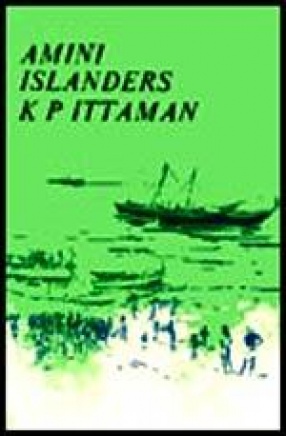
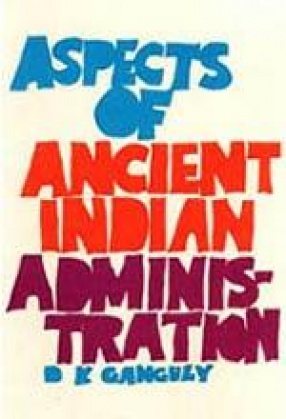
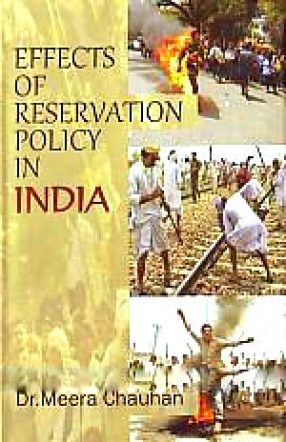
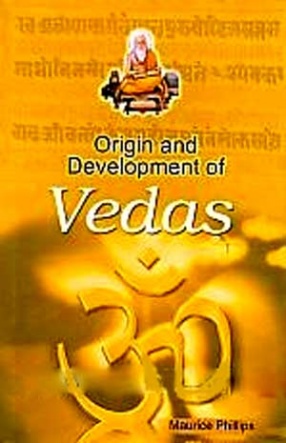
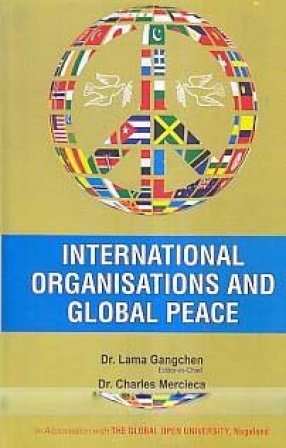
There are no reviews yet.